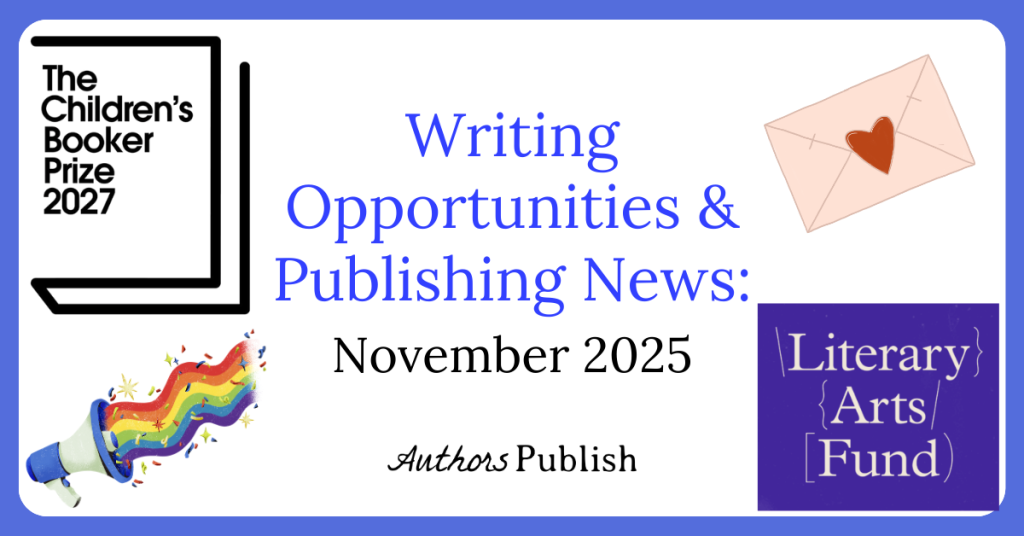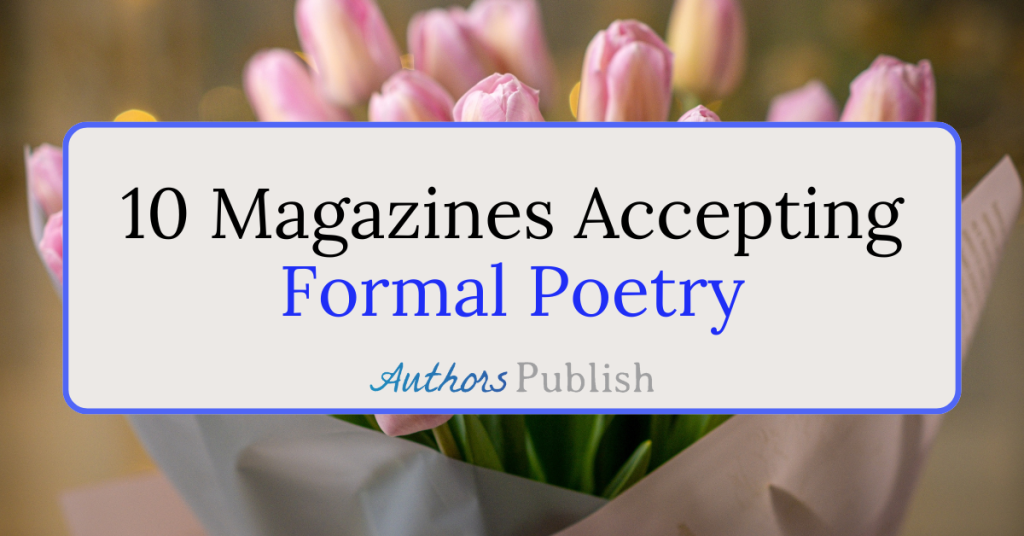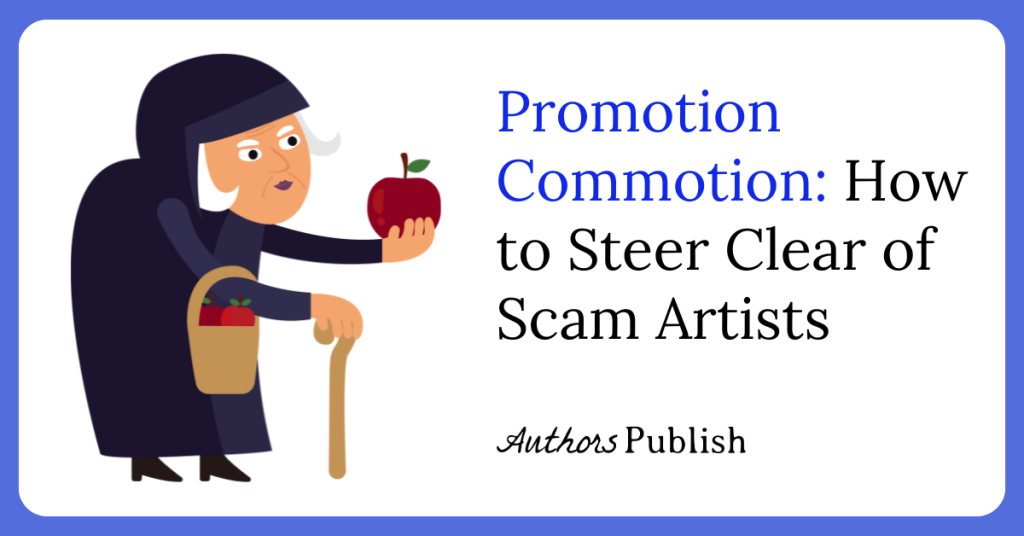By Jess Chua
I’ve always wanted to publish a book. Some of my happiest childhood moments were with books that gave me so much joy, comfort, and inspiration. Self-aggrandizing as it sounds, I always thought it’d be glorious to be able to hold a book with my name on it as The Writer.
I self-published under a pen name almost a decade ago. It was an eye-opening experience and I learned a lot about business and marketing along the way.
After a long creative hiatus, I recently found a renewed sense of energy and gathered some poems I’d written over the years. They were all on the theme of breaking up.
I decided to try submitting what would be my debut chapbook to small presses. I was curious about how it would go and wanted to try something new.
I was happy when one of my top choice publishers, Bottlecap Press (featured in Issue 196), responded favorably to my submission. All in all, it was a great experience.
Here’s some advice on why and how to get a chapbook published.
Why Publish a Chapbook?
A chapbook can be defined as a small collection of poetry, usually ranging from 20 to 40 pages. While typically favored by poets, a chapbook can also be a collection of short stories or a multi-genre hybrid project.
As a debut project, a chapbook’s compact size makes it a good entry point into the world of publishing, in between your longer and more demanding writing projects. It could help you build contacts with fellow chapbook authors, and get you some important reviews or interviews.
Self-publishing is a great option if your main goal is to share your work with others, and you want full control of your project.
In my experience, I struggled with credibility as an exclusively self-published poet. Getting publishing credits in literary journals and small presses helped me get my profile onto the Poets & Writers directory, a personal goal I’d set for myself earlier as a writer.
There’s also the personal satisfaction and self-esteem you gain from fulfilling a dream or achieving a goal. That alone was worth it to me to continue my pursuits in publishing a chapbook through a small press. It inspires me artistically even as we all carry on amidst unknowns such as the current state of writing and AI.
There are lots of high-quality original chapbooks out there. It feels good to be part of the enchanting history of chapbooks.
How to Publish a Chapbook
I was watching an episode of Next in Fashion (a fashion design competition television series) when the host made a remark about a contestant’s collection being very “cohesive.”
Keep that in mind when you’re gathering your poems for a potential collection. What holds them together? There needs to be a theme or thread that ties them together so that your reader gets a clear and immersive experience.
A chapbook is often centered around a single theme. Examples include falling in (or out) of love, family ties, betrayal, or memories of places you grew up in. Having a tight collection will help you seek out suitable publishers whose vibe and style fit your project.
I did most of my research via Google and Twitter/X to make a list of potential small presses to reach out to. To stay organized, I kept all my gathered information in a spreadsheet. I included deadlines, submission windows, submission fees if any, and the type of work each publisher was seeking.
As mentioned earlier, self-publishing isn’t totally out of the question if your main goal is to share your work. As guest author Rod Martinez wrote in a previous post here, “the freedom of self-publishing is great as long as you, the writer, are sure to have a professional (read: edited) product for readers.” This includes the importance of having a professional book cover as it’s the reader’s first visual impression of your book.
Remember that marketing goes hand in hand with publishing.
Ideally, you’d want to start getting the word out about your writing long before you ever get anything published. Having a website, even a simple one, is a good idea for people to learn more about you and your writing especially if you plan on doing it for a long time.
Submitting your work to literary magazines or journals is a great way to expand your network (two blurbs that I solicited for my book’s description came through contacts at magazines I’d previously submitted poems to). Be intentional when you use social media—you don’t want to spread yourself too thin and have no energy for creative writing.
Remember to keep working on your craft. Keep reading and exploring new forms, techniques, or ideas. Enjoy the journey as being a chapbook author makes you part of a community that appreciates brevity, style, and expressing the beauty of language.
Bio: Jess Chua is an award-winning writer and sketch artist. Her debut chapbook on heartbreak, let it rip, was published by Bottlecap Press in late summer 2023. She’s aiming to eventually finish a short story collection. She enjoys art, yoga, and taking care of her pets. Her website is jesschua.com






